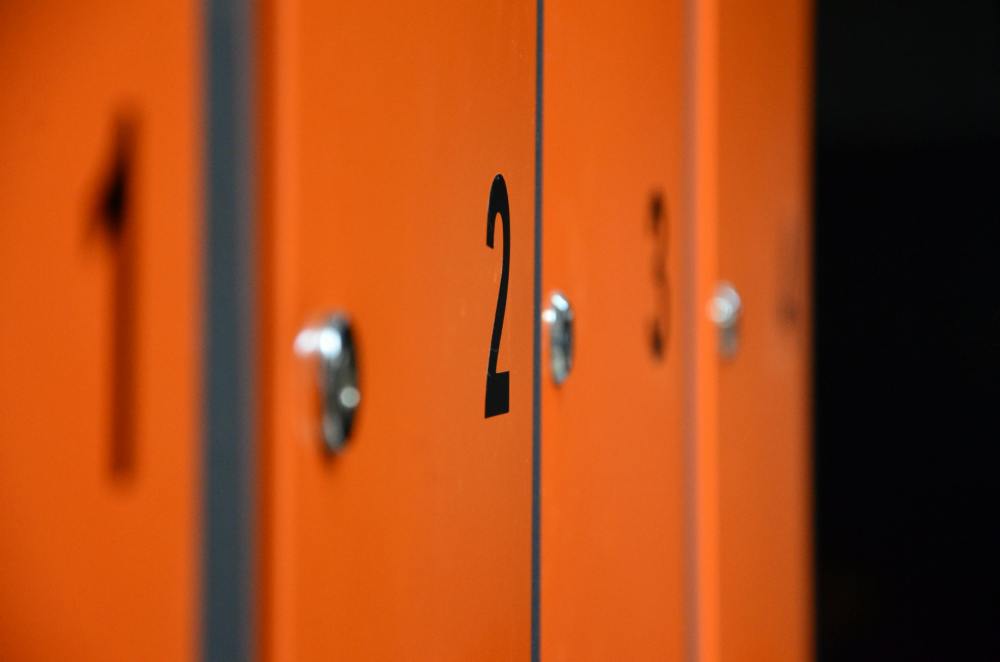(ImageTagFull)
As the back-to-school season rolls on, many young athletes are eager for the new year of sports and competition. It’s an exciting time, full of opportunities for growth and achievement. However, amidst the thrill of the game, it’s crucial every athlete feels safe and respected.
This means recognizing hazing, understanding the signs of an unsafe situation, and knowing the essential steps to take when something doesn’t feel right.

What is Hazing?
Issues of peer abuse, hazing, and initiation can profoundly impact student-athletes.
“Hazing often occurs during initiation, typically involving rookies and led by older team members,” said Dr. Sandra Kirby, former Olympic athlete, sports researcher and presenter, as well as a founder and coach of the University of Winnipeg Rowing Team (1989-1995).
Hazing could be an initiation, or a series of initiations, involving ever-increasing activities that make the young athlete feel uncomfortable.
“Young athletes on the team are told that, ‘The team always does this, it’s the tradition of the team,’ and therefore they have to do it if they want to belong to the team.”
While intended to foster bonding, it may employ negative practices that leave young athletes feeling excluded and marginalized, and in some cases, harmed.
What to Watch For
If an athlete is being asked to keep something secret, or to be silent or to not tell anybody, it’s probably not a good thing.
“Kids have to pay attention to that. If it doesn’t feel right to you, it’s not right.”
What to Do When Experiencing Peer-to-Peer Abuse
“First of all, they have to know it’s not their fault,” said Kirby. “But they need to know that if it hurts them or harms them, then they have to do something about it, and that means telling somebody.”
This is a critical first step so the athlete is not alone in taking it on their shoulders.
“You can talk to somebody else on the team, depending what kind of experience you’re having, others who are not on the team who are your peers, a coach if the coach isn’t involved, or sport administrators. [For example] if it’s first year university, it would be the school, the phys-ed or kinesiology department office.”
When it comes down to it, no athlete has to do something that harms them.
“Just because they say they’re going to the party, doesn’t mean they can’t then back out. They didn’t agree to be harmed.”
Know, Believe, Act
All children have rights that can be found in the UN Convention On the Rights of the Child. For example, children have the right to their own identity, to be informed, and to be safe in sport.
“That means safe from abuse and harassment, but it also means safe drinking water, safe from broken equipment, safe meeting times, it means proper supervision. It means being safe when you’re waiting for a ride home.”
They also have the right to an education.
“For school athletes, sometimes they’re taken out of the school system in order to do sports. And the school can accommodate that, but sport also needs to accommodate the schooling – it’s a two-way street.”
Ultimately, remember three words: know, believe, and act.
Know your rights. Believe that you have those rights. Act on those rights.
Learn More
Everyone has a role in protecting participants in sport. One of the takeaways Dr. Kirby suggests for parents and organizations is to stay involved.
“Don’t let sport go its own way unsupervised behind closed doors where parents aren’t welcome in practices,” says Dr. Kirby.
Find more safe sport tips and resources at sportmanitoba.ca/safesport. Safe Sport Line:
1-833-656-SAFE (7233).